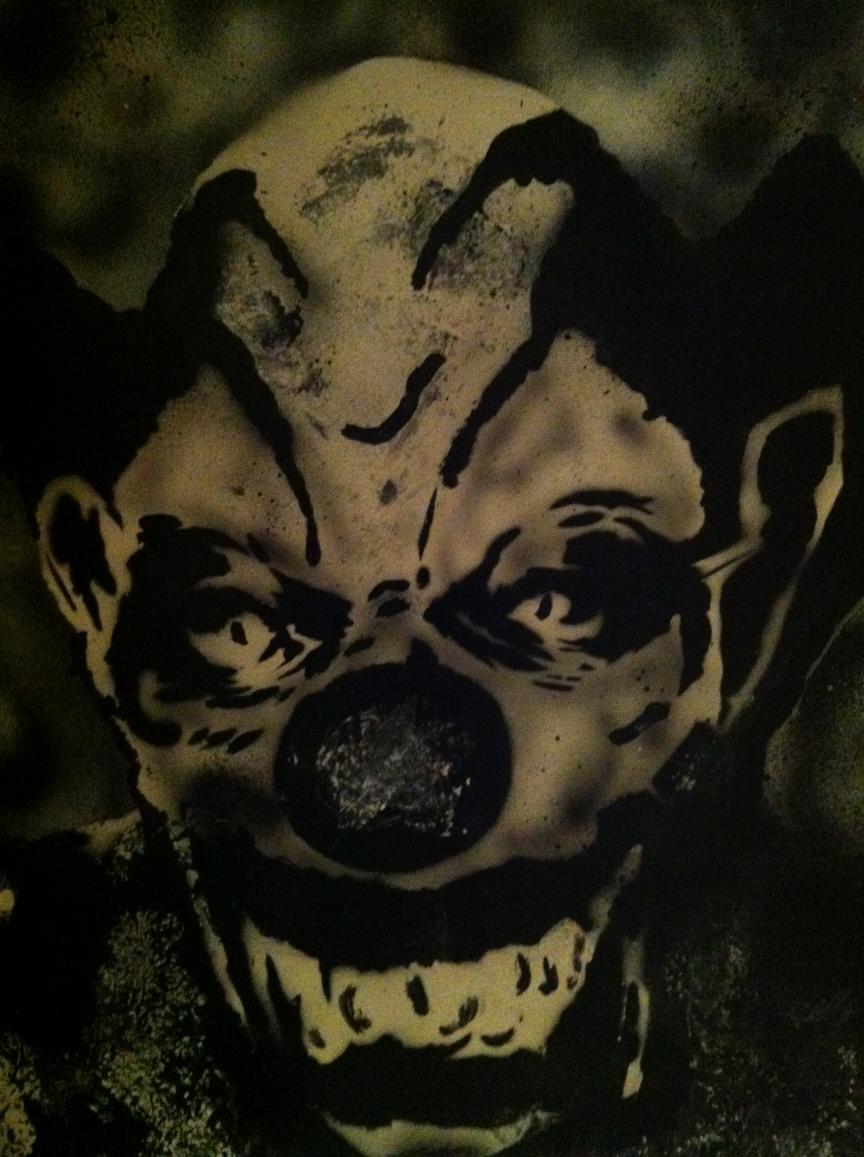Details
- 2012-07-07
- 19
- 97
- 2012
- Painting
- Aerosol Paint
- Graffiti
Pricing
Price and availability not indicated
Download original file
JPG, 1936 × 2592
- THEM -
Description by Mister 13
Aerosol spray on canvas, a kleenex. Fear is a distressing negative sensation induced by a perceived threat. It is a basic survival mechanism occurring in response to a specific stimulus, such as pain or the threat of danger. Fear is apparently a universal emotion; all persons, consciously or unconsciously, have fear in some sort. In short, fear is the ability to recognize danger leading to an urge to confront it or flee from it (also known as the fight-or-flight response) but in extreme cases of fear (terror) a freeze or paralysis response is possible.\"Fear is the basic condition ... the job that we\'re here to do is to learn how to live in a way that we\'re not terrified all the time.\"- Luc Sante \"The Heroic Nerd\", 2006. Some psychologists such as John B. Watson, Robert Plutchik, and Paul Ekman have suggested that fear belongs to a small set of basic or innate emotions. This set also includes such emotions as joy, sadness, and anger. Fear should be distinguished from the related emotional state of anxiety, which typically occurs without any certain or immediate external threat. Additionally, fear is frequently related to the specific behaviors of escape and avoidance, whereas anxiety is the result of threats which are perceived to be uncontrollable or unavoidable. It is worth noting that fear almost always relates to future events, such as worsening of a situation, or continuation of a situation that is unacceptable. Fear can also be an instant reaction to something presently happening. All people have an instinctual response to potential danger. This emotion is described as fear and is inherent in all people. Fear, whatever its source, can become a controlling factor in a person’s life. Fear can channel one’s energies away from areas of perceived threats and into directions that seem safe. According to surveys, some of the most common fears are of ghosts, the existence of evil powers, cockroaches, spiders, snakes, heights, water, enclosed spaces, tunnels, bridges, needles, social rejection, failure, examinations and public speaking. A person may also be apprehensive and having second thoughts about committing suicide. In an innovative test of what people fear the most, Bill Tancer analyzed the most frequent online search queries that involved the phrase, \"fear of...\". This follows the assumption that people tend to seek information on the issues that concern them the most. His top ten list of fears consisted of flying, heights, clowns, intimacy, death, rejection, people, snakes, failure, and driving. One of the most common fears is the fear of public speaking. People may be comfortable speaking inside a room but when it becomes public speaking, fear enters in the form of suspicion that whether the words uttered are correct or incorrect because there are many to judge it. Another common fear can be of pain, or of someone damaging a person. Fear of pain in a plausible situation brings flinching, or cringing. In a 2005 Gallup poll (U.S.A.), a national sample of adolescents between the ages of 13 and 15 were asked what they feared the most. The question was open ended and participants were able to say whatever they wanted. The top ten fears were, in order: terrorist attacks, spiders, death, being a failure, war, heights, criminal or gang violence, being alone, the future, and nuclear war.







